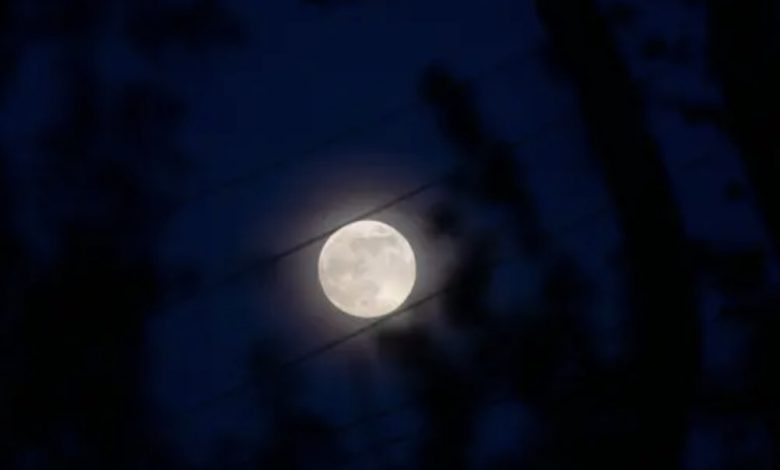Gravitational field

Gravitational field
Main article: Gravity of the Moon
GRAIL’s gravity map of the Moon
The gravitational field of the Moon has been measured through tracking the Doppler shift of radio signals emitted by orbiting spacecraft. The main lunar gravity features are mascons, large positive gravitational anomalies associated with some of the giant impact basins, partly caused by the dense mare basaltic lava flows that fill those basins.[109][110] The anomalies greatly influence the orbit of spacecraft about the Moon. There are some puzzles: lava flows by themselves cannot explain all of the gravitational signature, and some mascons exist that are not linked to mare volcanism.[111]
Lunar swirls
Main article: Lunar swirls
Lunar swirls are enigmatic features found across the Moon’s surface. They are characterized by a high albedo, appear optically immature (i.e. the optical characteristics of a relatively young regolith), and have often a sinuous shape. Their shape is often accentuated by low albedo regions that wind between the bright swirls. They are located in places with enhanced surface magnetic fields and many are located at the antipodal point of major impacts. Well known swirls include the Reiner Gamma feature and Mare Ingenii. They are hypothesized to be areas that have been partially shielded from the solar wind, resulting in slower space weathering.[112]
Presence of water
Main article: Lunar water
Liquid water cannot persist on the lunar surface. When exposed to solar radiation, water quickly decomposes through a process known as photodissociation and is lost to space. However, since the 1960s, scientists have hypothesized that water ice may be deposited by impacting comets or possibly produced by the reaction of oxygen-rich lunar rocks, and hydrogen from solar wind, leaving traces of water which could possibly persist in cold, permanently shadowed craters at either pole on the Moon.[113][114] Computer simulations suggest that up to 14,000 km2 (5,400 sq mi) of the surface may be in permanent shadow.[115] The presence of usable quantities of water on the Moon is an important factor in rendering lunar habitation as a cost-effective plan; the alternative of transporting water from Earth would be prohibitively expensive.[116]
